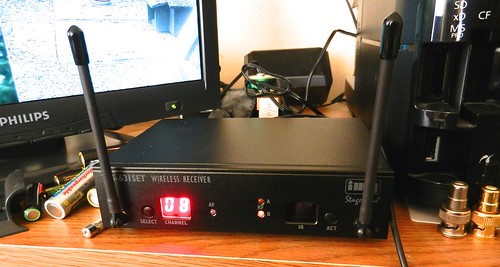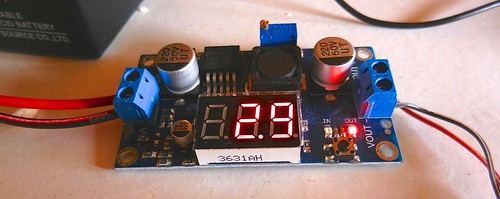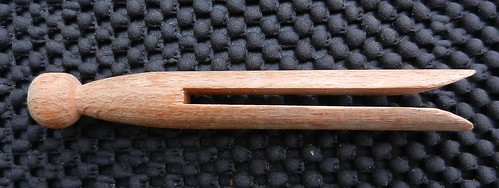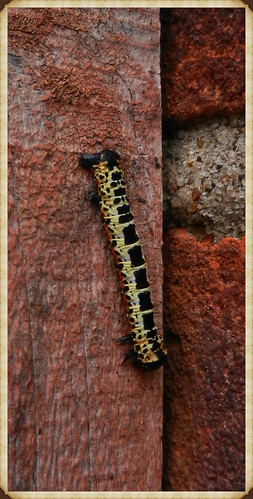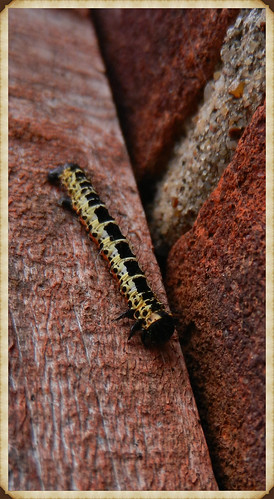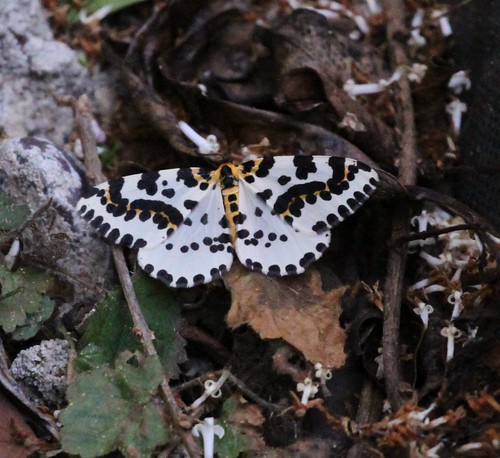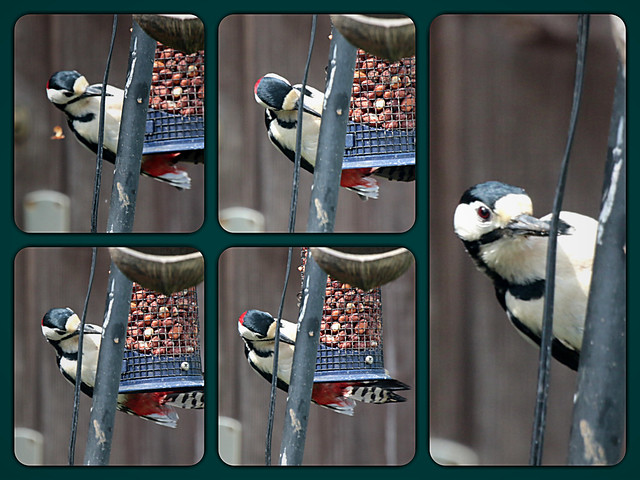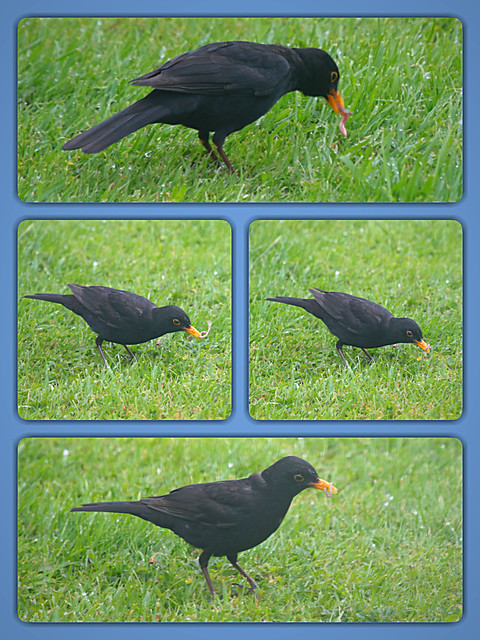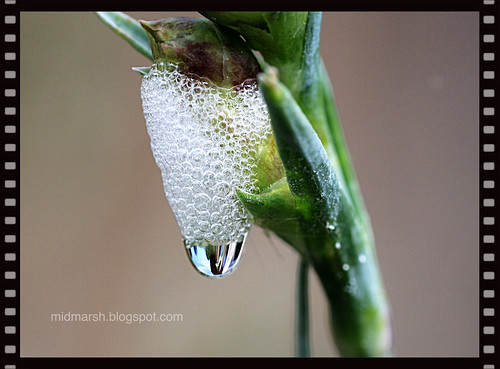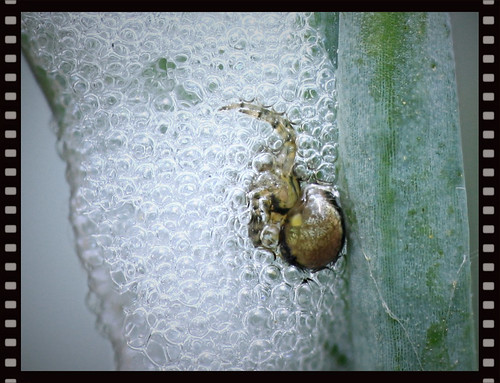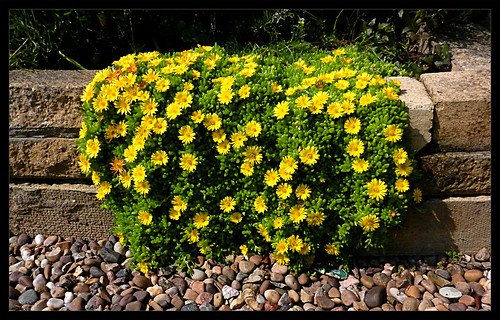
For the life of me I couldn't remember what it is called. Then I read about using Google Images to try matching my photograph. A facility I didn't know about.
Go to Google Images. Click on the camera icon in the search box (search by image). Choose either a URL with the photo you want to identify or to upload from your computer. (Plants, places, people, almost anything you want to identify)
When I uploaded the above photo I was presented with hundreds of pictures of yellow flowering plants. In the search box at the top it allows you to add text detail so I put 'succulent yellow flower'. This refined the search and I soon found a matching photo. Clicked on that, then off to its website and yippee, name found. Job done.
It turned out the plant is Delosperma nubigenum 'Basutoland' commonly known as the Ice Plant.
In this case I could have just used the normal method of putting a description in Google and might have found the answer just as easily but for some subjects like insects it is harder to describe them. I will have to test the image upload method on a few insect photos I need to identify and see how well it works.

